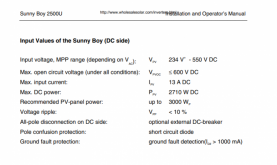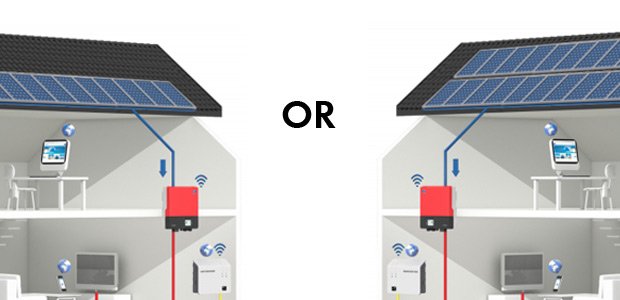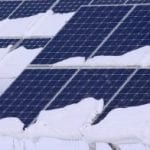The trick would be to go to 3 orientations. For me, east to catch the morning sun, North which is the best main orientation and west to make the most of the afternoon light. An online very smart friend said his triple orientation system was east, west and flat.
If you don't give a flying and in my case with my bootleg solar systems, asses the risk of getting caught is remote in the extreme and the penalties if I do are completely inconsequential and what I have to gain ( save) is worth the risks and you have done your homework,
I also asked him for his insider info on what he knew about the power co and the way it worked. How many inspectors did they have looking at this? What monitoring did the power co do though it's smart meters and how would they tell though analouge meters? What would the penalty be if he was discovered? would he be dismissed, Fined or given a stern talking to? How much would it potentially save him and what would the savings mean to his family?
Turns out they have no inspectors at all looking at this, there is no going through the smart meter data let alone looking at analogue metering other than for very High
I did my homework and looked into the meters being used. To my amazement they don't measure Amps fed back, only voltage. This means I can pump a shipload of power back and they can't even tell! I posted this on a local forum and had a couple of people come back and said they did the self same thing,
I suggest you do your own homework and see what applies if you are prepared to give it a go. Check what monitoring they do, see if anyone has ever been Busted for too much feedback and if anyone is even on the job looking for it.
Here, If I'm caught, I'm pretty confident they can't even cut my power off UNLESS I have been in debt and not made ANY payments for 4 months.
Our rules include erroneous measurements.
If a meter is broken, after being fixed the utility can see what your usage is and bill for 3 months in arrears.
If customer had tampered with or bypassed the meter they can go back 12 months.
So when a stalled gas meter was found and fixed (I tried heating the pool, which required operation 24/7 and raised temperature 1 degree per day so they came around trying to find the apparent gas leak), I kept usage low during the measurement period.
Similar when my easel with a couple panels blew over and cracked gauge on the new one. At first I didn't notice the zero bill because credits had been issued that covered all usage for a while. When I did realize no to reading change I contacted utility to report it. They replied they couldn't confirm my identity or something like that. I had tried to get it fixed in summer but they finally did it in winter. I used electric heat in the subsequent billing period and had minimal back billing.
To qualify for a particular size PV system, it is now historical usage or estimated based on new construction. 15 years ago it was up to 200% of usage (rules of rebate program.) I simply ran pool pump for a month straight to establish the consumption level I wanted.
Multiple angles:
To the first order, I figure geometry gives area exposed to sun. 90 degree angle is square root of 2; two arrays have 1.4x projected area of one, or 0.7x the area of both facing same direction. Acute 60 degree angle is 1.0x
Off-angle light has more reflection, light that doesn't enter panel and cell. Haven't tried to quantify.
Morning and evening the light is filtered by longer path through air.
And then there is summer/winter tilt.
Perhaps one array for winter Noon, one for summer 9:00 or 10:00 AM, one for summer 3:00 or 4:00 PM.
When I first permitted and installed my system but didn't sign up with utility, didn't take long for them to send a letter saying it appeared I was operating a solar generator and had to get their permission. I assume that was visual, during meter reading or other work. I rigged up a motion sensor and relay so when they came to view the meter it would be shut off, not backfeeding. But they became insistent, said I would be disconnected. I was trying to pick date of joining net metering program anniversary when "true-up" of bill occurs, but maybe doesn't matter. Ended up with about March 1st.
The electronic meter installed logged Total and Peak, was read visually, and Off-Peak calculated. So what happened hour by hour didn't matter.
One time I got a $2000 bill, which said I had drawn an amount of power equal to 400A continuous Noon to 6:00 PM 5 days per week, and returned almost that much during off-peak hours. After testing, utility said meter was working correctly. I pointed out it was impossible for the 2/0 connection and 200A breaker to have done that. Total consumption similar to previous month. I suggested they estimate peak vs. off-peak to be same ratio as previous month, which they did. This had been a time of solar storms, perhaps corruption of bits in memory. Otherwise appeared correct for a decade.
Later the infamous Smart Meters were installed. This just record power consumed/produced and are read remotely at intervals. Perhaps they can store snapshots so everybody's 3:00 PM reading is captured even though data transfer is not all simultaneous? With these meters they could tell if someone's export was excessive or a 1 hour, 15 minute, or whatever interval used. The data is at the central office, but whether flagged depends on whether software is written to note anything other than billable amounts.
Only voltage not amps? Pretty sure these are watt-hour meters. volts and amps, with a possible phase shift between them, cause the motor to turn one way or the other. Electronic ones have a better chance of implementing correct or incorrect measurement given various power factor, distorted or phase-shifted currents. Industrial customers are explicitly charged for non-unity power factor. Residential are not, but if software uses digitized readings at too low a sample rate, incorrect calculations, slow analog sensors, could easily have measurement error. Could charge for export same as import, whether intentionally or not.






